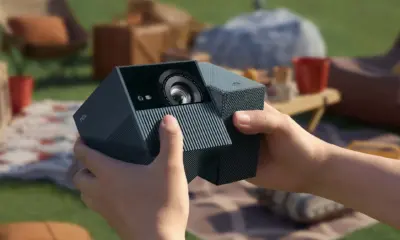News
TCL NXTPAPER 60 Ultra Launched With 7.2″ Eye-Care Display, AI Tools & Dimensity 7400

TCL has announced the NXTPAPER 60 Ultra, a smartphone built around the company’s signature paper-like display technology. Let’s check out its key specs and pricing.
TCL NXTPAPER 60 Ultra Specifications
The NXTPAPER 60 Ultra features a 7.2-inch FHD+ NXTPAPER 4.0 screen designed to reduce visual fatigue while still delivering vibrant colors. The display filters harmful blue light down to 3.41%, eliminates flicker, and adapts brightness and color temperature to your environment. It also comes with a dedicated NXTPAPER Key that lets you switch between standard, Ink Paper, and Color Paper modes with a single press.
TCL positions the 60 Ultra as both a productivity and wellness device. It supports stylus input with 4,096 pressure levels and ultra-low 5ms latency, creating a realistic writing feel. The phone also integrates a suite of AI tools aimed at reading, writing, and note-taking. Features include AI-generated summaries, podcast-style narration of books, real-time translation, and handwriting-to-text conversion. TCL is also offering an eBook library with 200 free titles.

On the hardware side, the NXTPAPER 60 Ultra runs on MediaTek’s Dimensity 7400 chipset paired with up to 24GB of RAM (12GB plus 12GB expansion) and up to 512GB of internal storage. It packs a 5,200mAh battery with 33W fast charging and 10W reverse charging. The design is slim at 7.57mm and weighs 227g, while IP68 water and dust resistance adds durability.
The rear camera setup includes a 50MP main sensor with OIS, a 50MP 3x periscope telephoto lens, and an 8MP ultra-wide camera. On the front, a 32MP sensor handles selfies and video calls. Video recording goes up to 4K at 30fps. Other features include dual speakers with DTS sound, face unlock, a side fingerprint sensor, and eSIM support.
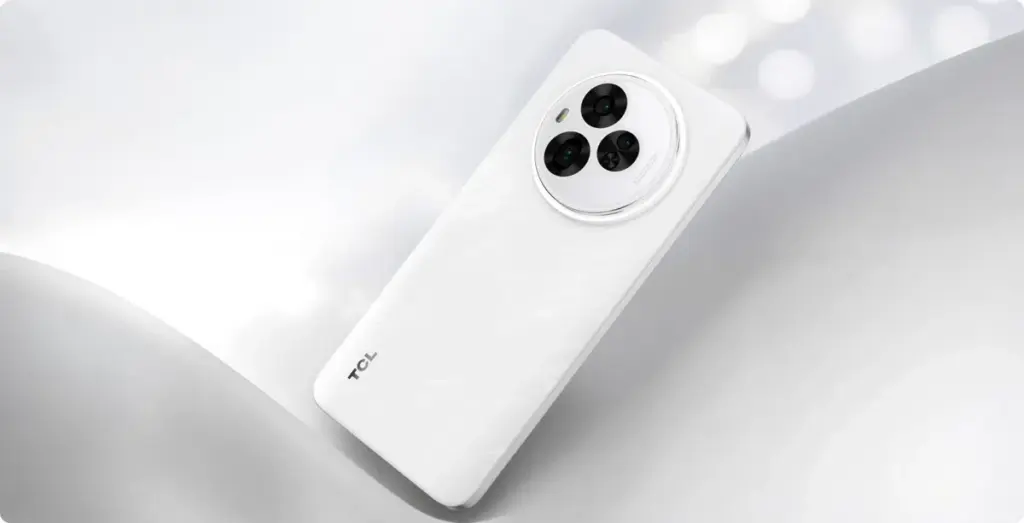
Credit: TCL
Pricing and Availability
The NXTPAPER 60 Ultra will be available from September 2025 in Europe, Latin America, and the Asia Pacific. Pricing starts at €499 for the 256GB model and €549 for the 512GB version, with optional MagFlip accessories and the T-Pen Magic stylus. Earlier today, TCL also introduced the NXTPAPER 11 Gen 2 tablet.
We also recently covered TCL tripling its printed OLED capacity as it invests in next-gen displays, along with an explainer on TCL Chinese Cinema and why it is widely searched.
(Source)
News
TCL to Showcase Next-Gen Displays and AI-Powered Product Lineup at CES 2026
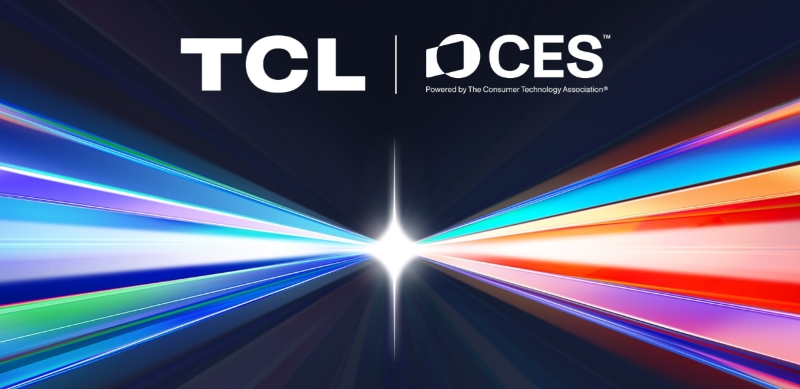
TCL has confirmed its participation at CES 2026 with a major showcase focused on advanced display technology and a wide range of AI-powered products. The company will occupy Booth #18604 at the Las Vegas Convention Center’s Central Hall from January 6 to 9.
TCL plans to highlight its latest breakthroughs in display innovation, including its new SQD-Mini LED technology. The technology delivers five key improvements: wide color gamut for all scenarios, no color crosstalk, higher peak brightness, more local dimming zones, and a slimmer profile. TCL will display these panels across TVs, monitors, mobile devices, and wearables.

The company will also debut new NXTPAPER smartphones and enote tablets with eye-care features. Visitors can expect a hands-on look at TCL’s latest AR glasses, designed to enhance personal entertainment and productivity.
TCL’s presence at CES will extend beyond displays. The company will introduce a complete lineup of AI-powered smart home devices, including air conditioners, refrigerators, washing machines, and smart locks. TCL will also present AI-powered TVs, projectors, and AR glasses that support personalized content and smarter interaction.
The company aims to show how its AI systems can support daily life through a connected ecosystem. Its Human-Vehicle-Home strategy will be on display through mobile devices, tablets, and smart integration solutions that combine intelligent productivity with mobility and home automation.
TCL’s booth will act as a live demonstration of how its display and AI technologies work together to shape future living and viewing experiences. The company has stated that more product details will be revealed during the event.
In related news, Apple’s upcoming foldable iPhone could drive significant growth for TCL CSOT, while TCL has also launched its PlayCube, A1S, and C1 portable projectors in the UK market.
News
Apple’s Foldable iPhone Could Fuel Big Gains for TCL CSOT

Apple is expected to enter the foldable smartphone market in 2026, and its arrival could significantly impact the display supply chain. According to a new report from Counterpoint Research, global shipments of foldable smartphone panels are forecast to grow 46% year-on-year, with Apple’s panel procurement plans playing a major role in driving that increase.
While Samsung Display is projected to lead with a 57% market share, TCL CSOT is quietly emerging as one of the fastest-growing players in the foldable panel segment. Counterpoint estimates that TCL CSOT will see a 47% year-on-year growth in foldable panel shipments in 2026, placing it ahead of several competitors in terms of momentum.
The report highlights a shift in consumer preferences toward book-style foldable devices with large, inward-folding displays. These designs are gaining traction in both global and Chinese markets, where buyers are prioritizing screen size and productivity features over compact form factors. Samsung’s Galaxy Z Fold 7 has already outsold the Flip model in early sales during the second half of 2025, underlining the trend.
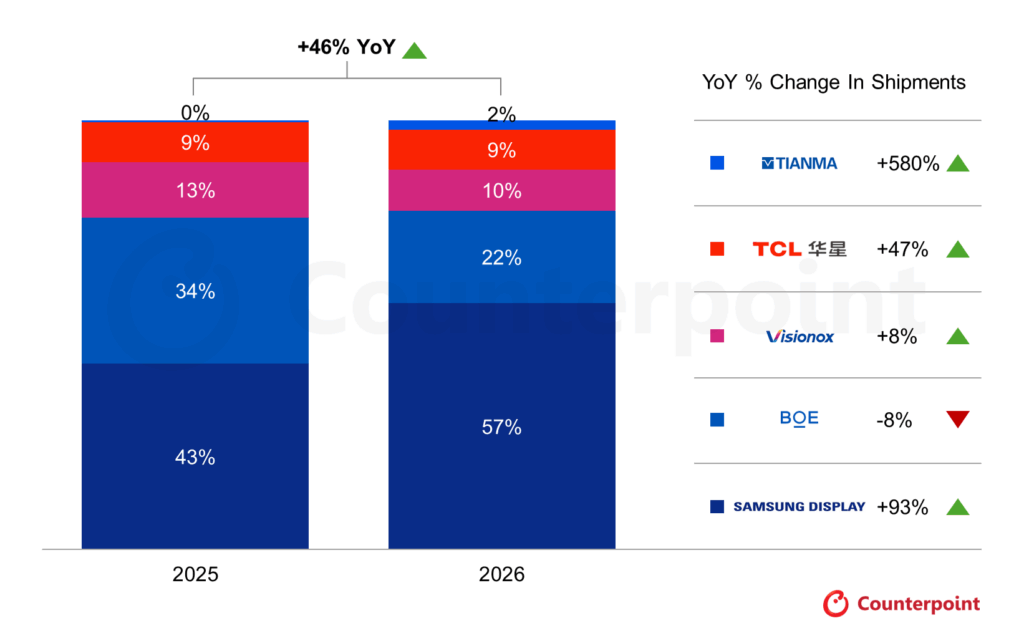
Panel makers are expected to post uneven results next year. BOE may experience an 8% decline, while Visionox is projected to grow 8%. Tianma is forecast to achieve the highest year-on-year surge at 580%, though from a smaller base. TCL CSOT’s 47% growth positions it as a key player poised to benefit from rising demand and higher average selling prices.
Counterpoint also expects foldable smartphone shipments to grow 14% in 2025 and 38% in 2026. As Apple prepares to enter the market and push foldables into the mainstream, TCL CSOT appears well-placed to expand its presence in the global foldable display market.
In related news, TCL CSOT is supplying the display panel for AOC AGON’s 1000Hz gaming monitor, the AGP277QK, while TCL has also launched the PlayCube, A1S, and C1 portable projectors in the UK.
News
TCL launches PlayCube, A1S, and C1 portable projectors in the UK
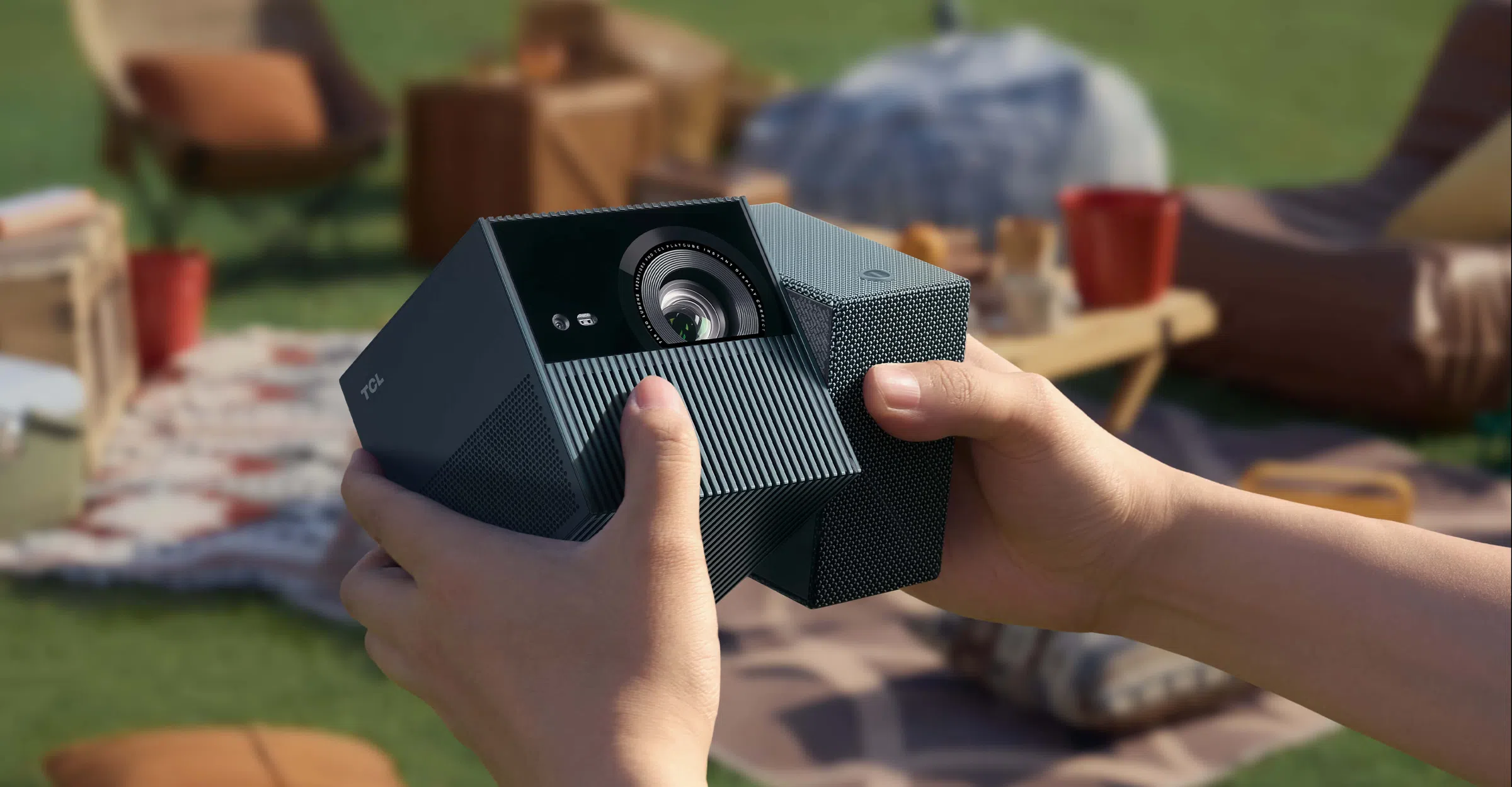
TCL has launched its full range of portable projectors in the UK. The lineup includes the uniquely designed PlayCube, the versatile A1S, and the compact C1. All three models are also available in the U.S.
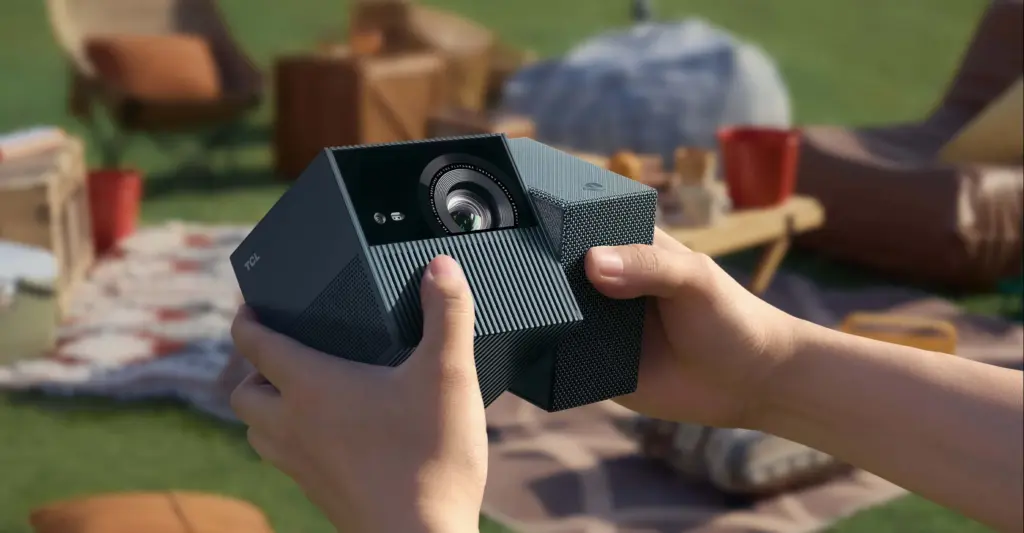
The PlayCube, priced at £799.99 in the UK and $749.99 in the U.S., features a cube-shaped design inspired by the Rubik’s Cube. It weighs under 1.4kg and runs wirelessly for up to three hours thanks to a built-in battery. It uses Google TV with optimized Netflix support, and its rotatable lens design allows flexible image placement on walls, ceilings, or tents.
The projector outputs 750 ISO Lumens and supports 4K input, although its native resolution is 1080p. It covers 124% of the Rec.709 color gamut and features instant autofocus, auto keystone correction, and Dolby Digital Plus audio.
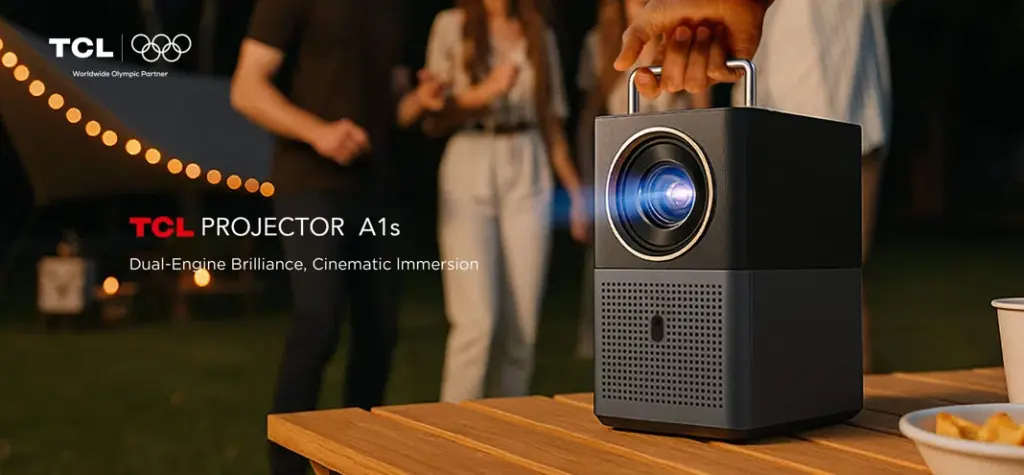
The A1S, priced at £369.99 in the UK and $330 in the U.S., features a tower design with a built-in “Versagrip” handle that acts as a stand. It also uses Google TV with Netflix, supports 4K input on a 1080p panel, and outputs 600 ISO Lumens. A 16W speaker system with passive radiators and reactive lighting adds entertainment value, especially during outdoor or party use.

The C1 is the most affordable option at £249.99 in the UK and U.S. It retains full HD resolution, Google TV, Netflix support, and automatic image adjustments. It delivers 230 ISO Lumens and can project up to 120 inches. The rotating gimbal handle helps with angle adjustment, and the built-in 8W speaker removes the need for external audio gear.
In related news, we recently covered the best TCL TVs under $500 you can buy in 2025, so do check that out as well.
(Via)



